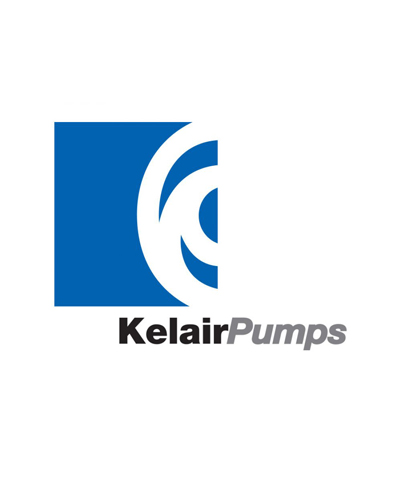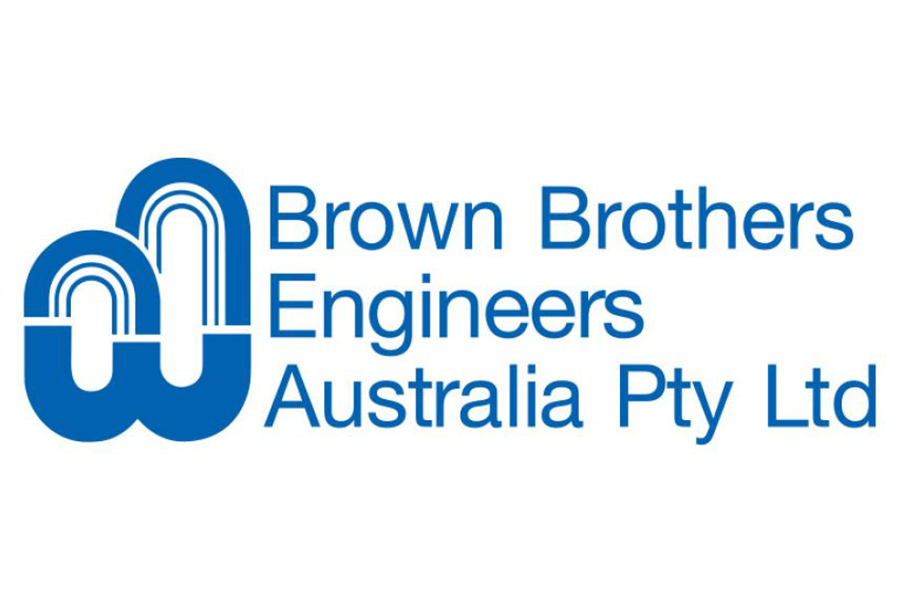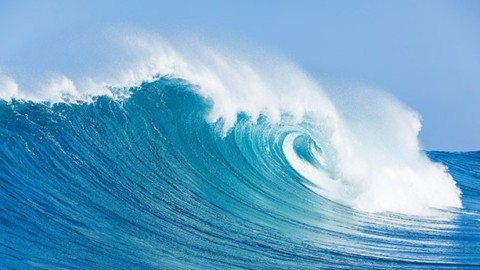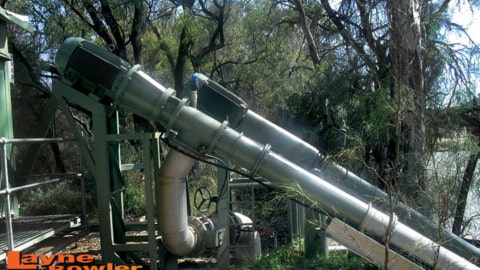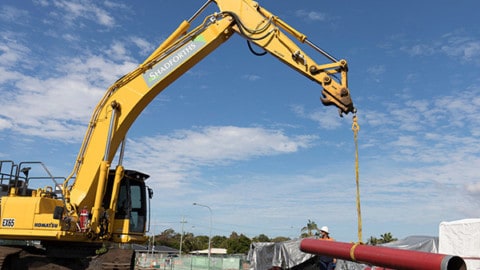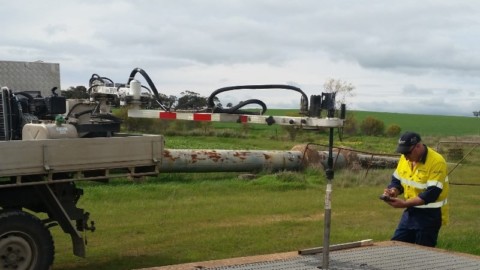New minimum energy performance (MEP) standards for swimming pool pumps will be introduced this year, making it easier for consumers to identify and purchase more energy efficient pool pumps. Here’s what pool pump manufacturers need to know about the new regulations.
There are about 1.1 million household swimming pools in Australia, and to service this growing industry around 90,000 new pumps are sold each year.
The cost of running a pool pump is estimated to be around 18 per cent of a household’s energy bill.
This cost is unnecessarily high because people continue to buy, install and use pool pumps that are not the most energy efficient on the market.
If a household is using a single speed pump, electricity will cost much more than the initial purchase price of the pump. Electricity bills can be reduced by buying a more energy efficient pump, even if it costs more up front.
For example, a typical three star single speed pump would have a lifetime cost of around $3,900, whereas, a typically seven star variable speed pump would cost around $2,750 over its lifetime.
Reducing barriers for more efficient technology
The new regulations aim to address barriers and behaviours preventing the pool pump market from moving naturally to more efficient technologies.
They will contribute to lowering unnecessarily high externality costs from pool pumps, such as greenhouse gas emissions, peak loads on electricity distribution networks and residential noise pollution.
In September 2019 – ahead of introducing MEPS levels and labelling – the Federal Government released the final report from the Review of the Greenhouse and Energy Minimum Standards Act 2012 (GEMS Act).
The report includes the findings and recommendations of the independent review into the Act that was conducted throughout 2018 and 2019.
The Equipment Energy Efficiency (E3) Program, the cross jurisdictional program overseeing the regulation changes, has also been working with Standards Australia to revise AS 5102.1‑2009, Performance of household electrical appliances – Swimming pool pump-units, Part 1: Energy consumption and performance.
Phasing out the Voluntary Energy Rating Labelling Program (VERLP)
The VERLP began in April 2010 and is administered by the Commonwealth Department of the Environment and Energy on behalf of the E3 Program.
The program was intended as a transitional step leading to the introduction of mandatory labelling and MEPS requirements, which were expected to come into force in 2012.
The program enabled suppliers of swimming pool pumps to register an energy rating label to display the relative energy efficiency of their pump.
However, a consultation regulation impact statement for swimming pool pumps released in November 2016 highlighted limitations of the program, including:
- Only the most efficient pumps are registered under the program and therefore it has limited benefits for advising consumers of energy efficiency information
- After eight years of operation, most pumps sold in Australia are not registered with the program and are not labelled with energy performance information
- Although the program provides some information to consumers and there are some broader community benefits, the primary effect of the program is supporting industry advertising and marketing
- There is no evidence that the program has increased the uptake of energy efficient pumps in Australia
- Administrative arrangements for the program do not align with broader GEMS legislation and program arrangements
Once the new standards are introduced, VERLP registered pumps will no longer be valid. All products covered by the regulations will be required to be retested and reregistered, and display the mandatory label from the commencement date of the determination for swimming pool pumps.
If a pool pump is registered under the VERLP and falls outside the scope of the regulation, it can no longer be registered.
However, currently registered VERLP products can continue to display the voluntary label up to six months after the regulations come into effect.
New standards for energy efficiency labelling
In December 2018, the Council of Australian Governments (COAG) Energy Ministers agreed to the Decision Regulation Impact Statement (RIS) that new regulations would apply to pool pumps, requiring them to meet MEPS and display an energy rating label under the GEMS Act.
COAG Energy Ministers accepted the following recommendations:
- Apply MEPS and mandatory labelling to pool pumps that fall within the range of:
| Input power range between: | |||||
| Watts | Amps | Watts | Amps | ||
| Single Speed | 6000 | 2.6 | and | 1,700 | 7.4 |
| Two Speed | 600 | 2.6 | and | 3,450 | 15 |
| Multi Speed | 600 | 2.6 | and | 3,450 | 15 |
| Variable Speed | 600 | 2.6 | and | 3,450 | 15 |
- Update the Australian standard that measures the energy efficiency of swimming pool pumps to:
-
- change the scope, as shown in the table, to capture residential filtration pool pumps and exclude pool pumps used for other purposes
- amend the definition of pump classifications of single, two, multi and variable speed pumps
- make technical amendments to improve the robustness, reliability and repeatability of the test method
-
- Introduce a curved line star rating with higher requirements for smaller pumps and lower requirements for larger pumps to ensure that pool pumps are rated fairly
- Update the pool pump energy rating label and require the labels to be displayed either on the product, if displayed in store, or on the packaging
For more information and updates on the implementation of the new regulations, visit the E3 Program’s website at http://energyrating.gov.au/products/swimming-pool-pumps.



